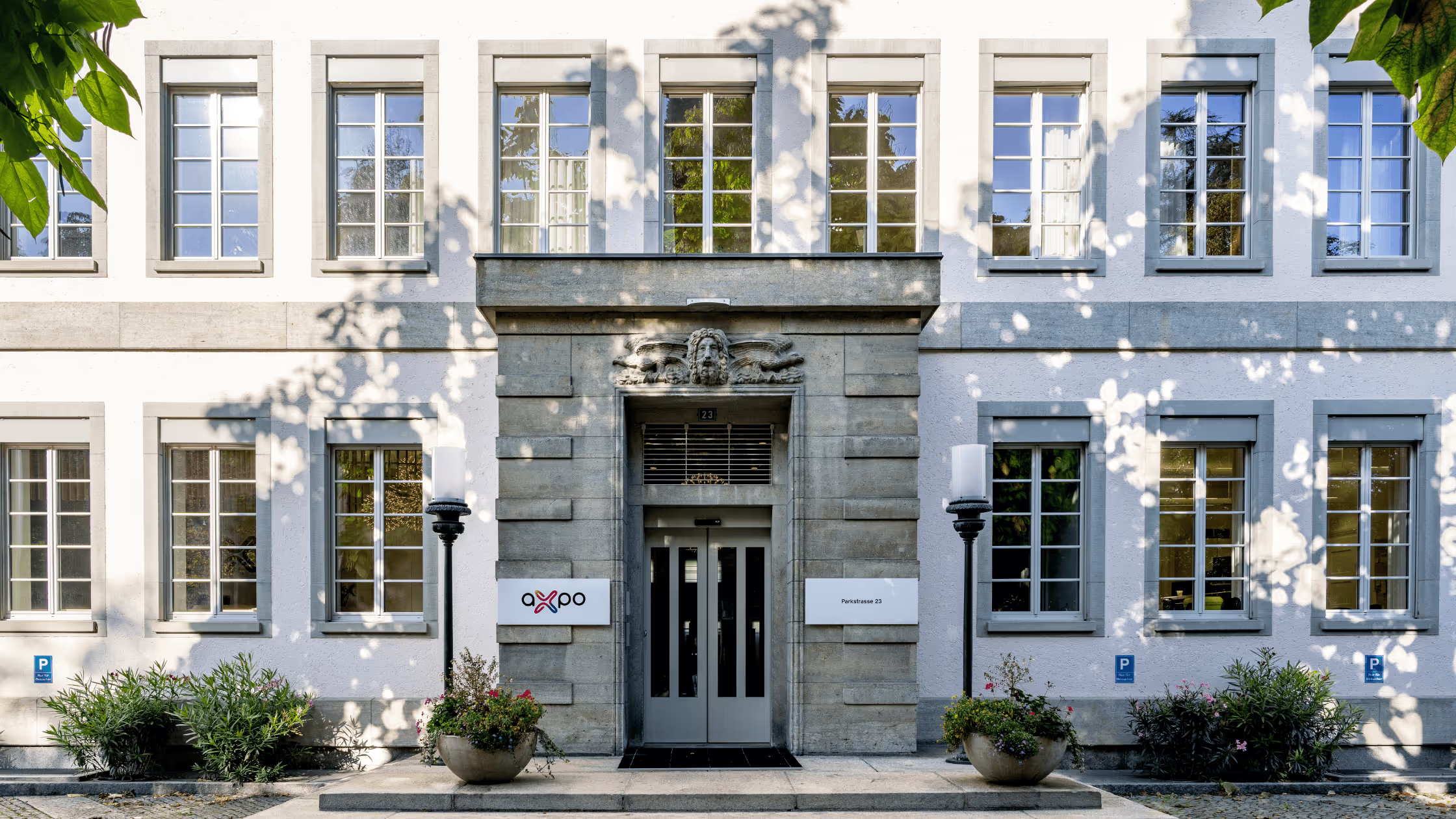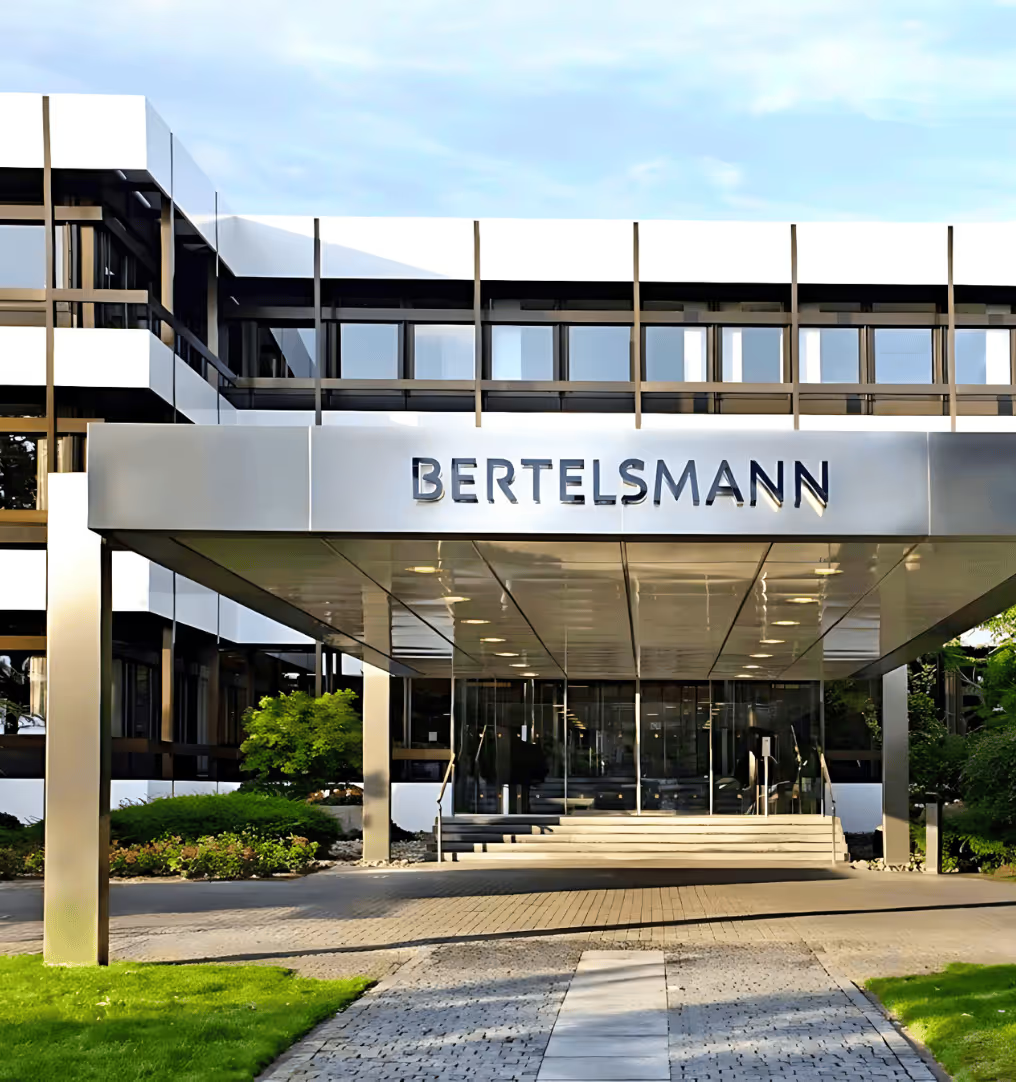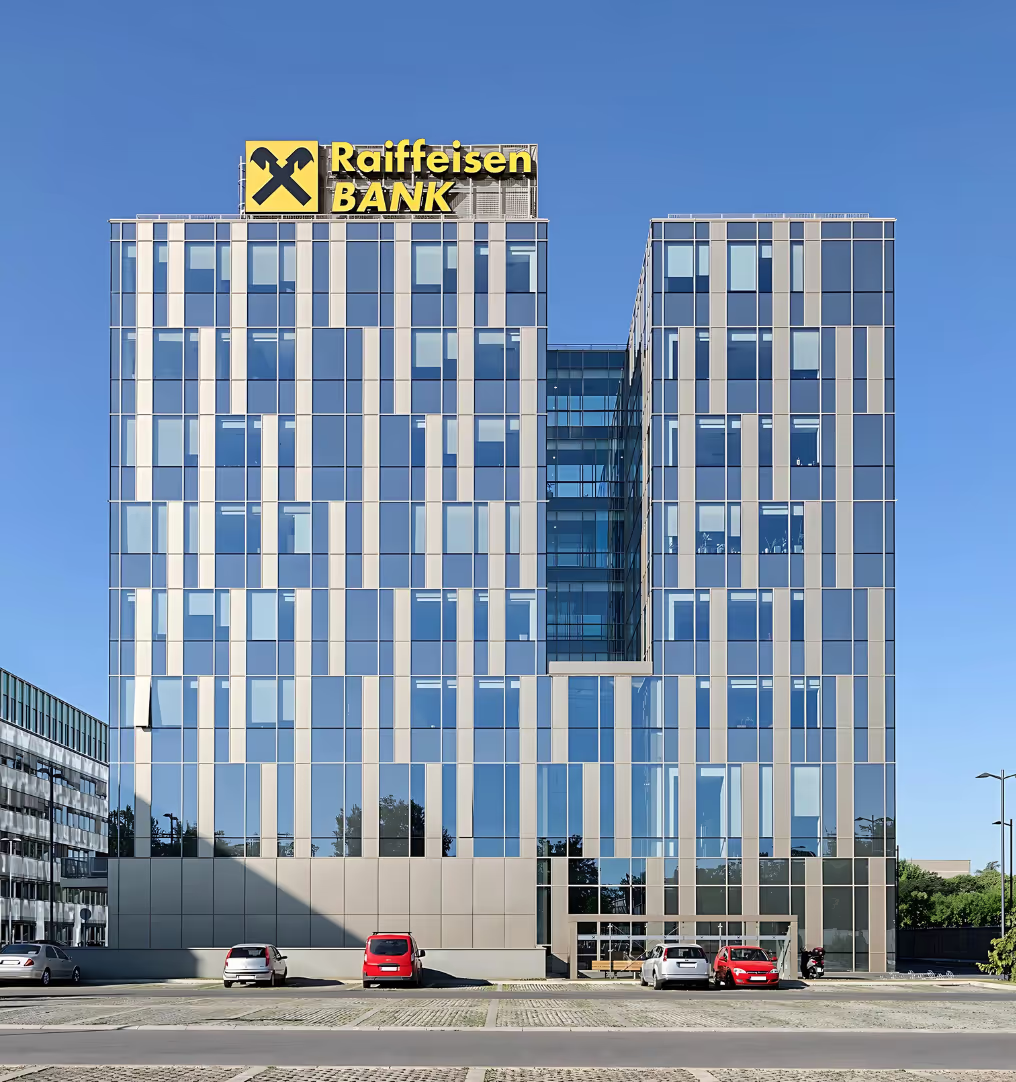Understanding the Importance and Benefits of Sustainable Procurement

In an era where businesses face mounting pressure to operate responsibly, sustainable procurement has become a critical strategy for driving positive environmental, social, and economic outcomes.
This approach extends beyond traditional cost-focused procurement, emphasizing value creation for both organizations and the wider community.
To truly grasp the impact of sustainable procurement, it's essential to explore key principles such as integrating CSR and ESG criteria, balancing competing factors, and aligning strategies with stakeholder expectations.
In this article, we’ll explore the importance, benefits, and best practices of sustainable procurement and offer insights into how businesses can adopt it as a strategic approach to lasting success.
What is Sustainable Procurement?
Sustainable procurement is the practice of integrating environmental, social, and economic considerations into purchasing decisions. It ensures that procurement processes support long-term value creation and responsible resource management.
- Environmentally, it focuses on reducing waste, lowering carbon footprints, and selecting eco-friendly products;
- Socially, it promotes fair labor practices and supports local communities while,
- Economically, it balances cost efficiency with ethical values.
The principles to create procurement frameworks that contribute to long-term business viability and responsible growth are:
- Balancing environmental, social, and economic factors: Sustainable procurement seeks a harmonious balance between environmental stewardship, social equity, and economic viability, leading to beneficial decisions across all three dimensions.
- Integrating CSR and ESG Principles into Procurement: Incorporating Corporate Social Responsibility (CSR) and Environmental, Social, and Governance (ESG) criteria into procurement ensures purchasing decisions align with broader organizational values and societal expectations.
- Aligning with Stakeholder Requirements and Future Viability: By aligning procurement strategies with stakeholder expectations and future sustainability goals, organizations can enhance their long-term viability and reputation.
These pillars form the foundation for creating procurement frameworks contributing to long-term business viability and responsible growth.
Framework and Concept of Sustainable Procurement
Organizations must adopt comprehensive frameworks that guide decision-making beyond immediate financial gains to implement sustainable procurement effectively.
These frameworks provide structured approaches to evaluating the impact of procurement choices on people, the planet, and profit, ensuring alignment with broader sustainability goals.
- A Holistic Approach: This approach emphasizes the importance of considering social (people), environmental (planet), and economic (profit) impacts in procurement decisions.
- The Triple Bottomline: The Triple Bottom Line framework encourages organizations to commit to sustainable practices. It measures success by financial performance and social and environmental impact.
- Sustainability Beyond Compliance: Moving beyond mere regulatory compliance, sustainable procurement involves proactive strategies that contribute to environmental conservation, social well-being, and economic resilience.
These frameworks encourage businesses to look beyond compliance and foster strategies that contribute to long-term societal, environmental, and economic value. Now, it’s time to understand the key benefits of Sustainable procurement.
Key Benefits of Sustainable Procurement
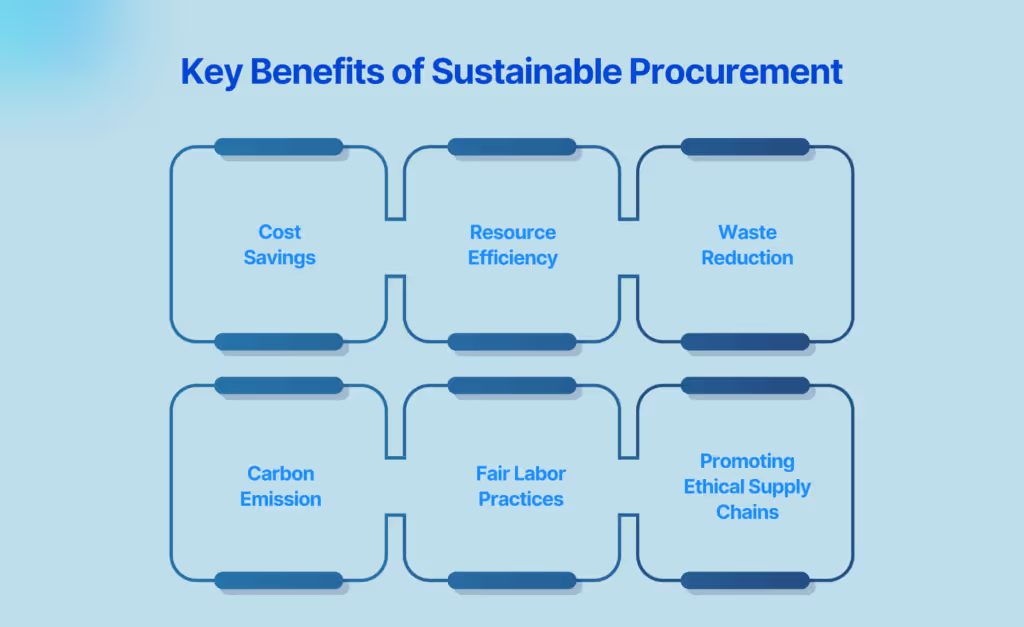
Sustainable procurement brings numerous advantages that go beyond simple cost reduction. By integrating sustainability into purchasing decisions, organizations support environmental and social goals and strengthen their long-term economic performance.
The core benefits that make sustainable procurement a vital strategy for businesses today are:
Economic Benefits:
According to Mckinsey, organizations with strong ESG (Environmental, Social, and Governance) credentials can reduce costs by 5-10%, making sustainability a viable path to greater profitability.
Cost Savings
- Organizations can reduce operational costs by choosing more energy-efficient or durable products. For instance, choosing energy-efficient appliances, materials, or technologies can lower utility bills in the long run.
- Companies implementing circular economy principles, such as reusing materials or recycling products, can significantly reduce material costs.
Resource Efficiency
- Efficient use of resources such as raw materials and energy lowers procurement costs and reduces dependency on external suppliers.
- This not only improves the profitability of businesses but also mitigates the risk of price volatility in raw materials.
Environmental Benefits:
One of sustainable procurement's most prominent advantages is its direct environmental impact. Organizations can significantly reduce waste and carbon emissions by making environmentally conscious decisions.
Waste Reduction
- Sustainable procurement involves choosing products with minimal packaging, prioritizing recyclable materials, and reducing unnecessary waste in the production process.
- This helps businesses lower waste disposal costs and minimize their environmental footprint.
Carbon Emission
- Companies can reduce energy consumption and consequently lower their carbon emissions by selecting energy-efficient products.
- This is especially important in industries heavily relying on energy, such as manufacturing and transportation.
- Businesses focusing on green logistics and low-carbon supply chains contribute to climate change mitigation.
Social Benefits:
By emphasizing ethical procurement, businesses protect human rights and build trust with consumers who are increasingly concerned with the ethical practices of the companies they support.
Fair Labor Practices
- Sustainable procurement prioritizes suppliers who provide fair wages, safe working conditions, and respect for workers’ rights.
- By holding suppliers accountable for their labor practices, companies can help reduce exploitative practices such as child labor, forced labor, and unfair wages.
Promoting Ethical Supply Chains
- Beyond just fair wages, sustainable procurement encourages businesses to assess the overall social impact of their supply chains.
- This includes ensuring that workers have access to appropriate healthcare, education, and a decent quality of life, contributing to the broader goal of social well-being.
Sustainable procurement is not only about responsibility; it offers a competitive edge in today’s market. Now, let us understand how, by aligning purchasing strategies with sustainability, businesses can enhance their brand, attract loyal customers, and mitigate risks.
Also Read: Guide to Identifying Procurement Categories and Types
Business Needs and Competitive Advantages
- Consumers increasingly favor companies committed to sustainability, making sustainable procurement a key factor in meeting market demands. Only about 6%-25% of companies have programs that digitally integrate ESG into their procurement processes.
- Companies adopting sustainable procurement often experience improved brand perception and increased customer loyalty.
- Sustainable procurement helps mitigate risks associated with environmental regulations and social issues, ensuring compliance and reducing potential legal challenges.
If you want to gain an additional competitive advantage, you can explore different types of procurement categories, depending on your business needs.
Now, let’s explore some real-world examples of how companies integrate sustainable practices into their procurement processes.
Examples of Sustainable Procurement Practices
- Sourcing locally and utilizing recycled materials can reduce transportation emissions and support local economies. IKEA has made significant strides in incorporating recycled materials into its product designs, such as using recycled polyester in its rugs and curtains.
- Developing and procuring innovative products with a reduced environmental impact supports sustainability goals. Unilever has developed sustainable products such as biodegradable cleaning agents and personal care items with eco-friendly packaging.
- Governments implementing sustainable procurement policies can drive significant positive environmental and social outcomes. The United States Federal Government’s Buy Green Initiative mandates that government agencies procure products and services that meet sustainability criteria, such as low-emission vehicles, energy-efficient electronics, and products made from recycled materials.
Let’s explore some of the key considerations and obstacles companies may encounter when adopting sustainable procurement practices.
Challenges and Considerations
Implementing sustainable procurement can come with its own set of challenges. Let’s see those challenges and how to navigate them:
Stakeholder Agreement and Common Frameworks
Achieving consensus among stakeholders on sustainability goals and establishing common frameworks can be challenging, but they are essential for cohesive action.
Cost Implications and Benefit Justifications
While initial costs may be higher, the long-term benefits of sustainable procurement often justify the investment.
Supply Chain Resilience to Market Fluctuations
Building a sustainable supply chain enhances resilience to market fluctuations and disruptions.
Also read Understanding the Process, Importance, and Meaning of Supplier Management.
To overcome these obstacles, organizations can take proactive steps to implement effective practices that align with both their sustainability goals and business objectives.
Steps to Implement Sustainable Procurement

Here’s how businesses can take action to integrate sustainable procurement into their operations:
Evaluating and Creating a Policy Framework
Develop a comprehensive policy that outlines the organization's commitment to sustainable procurement and provides clear guidelines.
Stakeholder Engagement and Communication
Engage with internal and external stakeholders to communicate the importance of sustainable procurement and gather support.
Supplier Management and Performance Monitoring
Establish criteria for supplier selection and continuously monitor their performance to ensure alignment with sustainability goals.
akirolabs: Empowering Sustainable Procurement
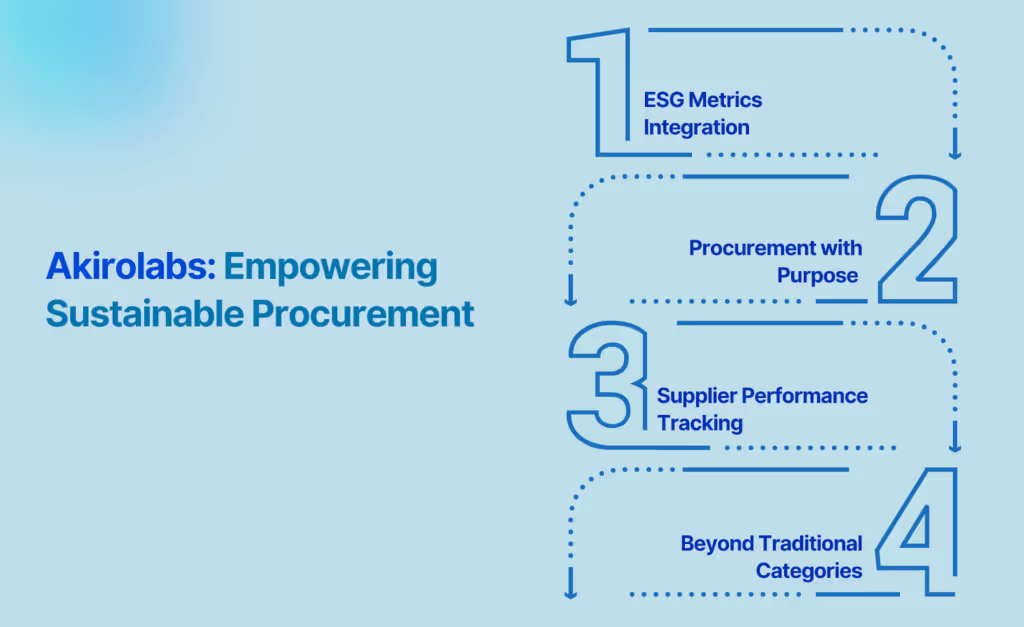
akirolabs goes beyond simply supporting sustainable procurement, it institutionalizes Environmental, Social, and Governance (ESG) principles across every layer of strategic sourcing. From planning and decision-making to execution and performance tracking, the platform provides the tools and intelligence needed to turn sustainability ambitions into outcomes.
Here’s how akirolabs empowers Procurement with Purpose:
1. Procurement with Purpose (PwP) Module: A dedicated feature that assesses the ESG contributions of each category strategy.
- Tracks key metrics like carbon footprint, renewable energy adoption, waste reduction, and supplier sustainability.
- Enables progress monitoring over time to drive continuous ESG improvement.
2. Sustainability in Strategic Scenario Modeling: Allows users to simulate trade-offs between cost, resilience, and sustainability (e.g., local vs. global sourcing).
- Ensures sustainability is a meaningful decision-making factor, not just a compliance checkbox.
3. Holistic View of Sustainability: Treats sustainability as a core strategic dimension alongside cost, risk, and innovation.
- Contextualizes ESG performance within broader business objectives to enable balanced, integrated decisions.
4. Sustainability-Focused Value Levers: Provides predefined levers to operationalize sustainable strategies, such as:
- Sourcing from certified green suppliers;
- Switching to renewable energy;
- Reducing supply chain emissions;
- These levers are trackable throughout strategy execution.
5. Flexibility Without Sacrificing Strategy: Allows teams to calibrate how much emphasis to place on ESG based on category needs.
- Empowers procurement to balance sustainability with cost, innovation, and other business priorities.
6. AI-Augmented ESG Insights: Leverages akirolabs' proprietary AI engine, akiroAssist, to surface relevant ESG signals and sustainable supplier profiles.
- Integrates real-time market intelligence and regulatory updates directly into strategy development.
By embedding sustainability directly into category strategies, akirolabs transforms procurement into a powerful driver of purposeful, long-term impact.
Explore how akirolabs can help your organization lead the way in sustainable procurement today!
Conclusion
Integrating sustainability into procurement is not merely a trend but a fundamental shift towards responsible business practices. By adopting sustainable procurement strategies, organizations can achieve long-term growth, ensure compliance with evolving regulations, and contribute positively to society and the environment. The gradual integration of these practices will position businesses to thrive in a future where sustainability is paramount.
Ready to transform your procurement strategy with sustainability at the core? Discover how akirolabs can help you achieve your ESG goals while optimizing operational efficiency.
Book a demo today to start your journey towards sustainable procurement!
What makes a successful pilot with akirolabs?
We define success collaboratively with your team. Typical outcomes include strategy creation for priority categories, measurable process improvements, and internal alignment. We provide full support and a clear roadmap for evaluation.
Can I try the platform hands-on after the demo?
Yes, we offer guided pilots and sandbox environments depending on your stage in the buying process. These give you and your team the opportunity to explore features in your own context.
Can I see how akirolabs would work with our specific categories?
Yes, we can tailor the demo to showcase how akirolabs works with your specific categories and procurement structure. Let us know your priority areas in advance, and we'll customize the demonstration accordingly.
Who should attend the demo from my organization?
We recommend including key stakeholders from your procurement leadership team, category management function, and procurement excellence or transformation groups. Including business stakeholders can also be valuable to demonstrate how the platform facilitates cross-functional collaboration.
How long does a typical demo take?
A standard demo takes approximately 45-60 minutes, allowing time for a comprehensive overview of the platform and discussion of your specific requirements. We can adjust the timing based on your availability and areas of interest.
What will I see during an akirolabs demo?
During the demo, you'll see the complete akirolabs Category Strategy Workbench in action, including the collaborative workflow, AI-powered insights from akiroAssist, strategic scenario modeling capabilities, and the Strategy One-Pager feature. We'll customize the demonstration to focus on aspects most relevant to your organization's needs.
Ready to Transform Your Procurement Strategy?
There’s a better way to do procurement. This is IT.
.avif)








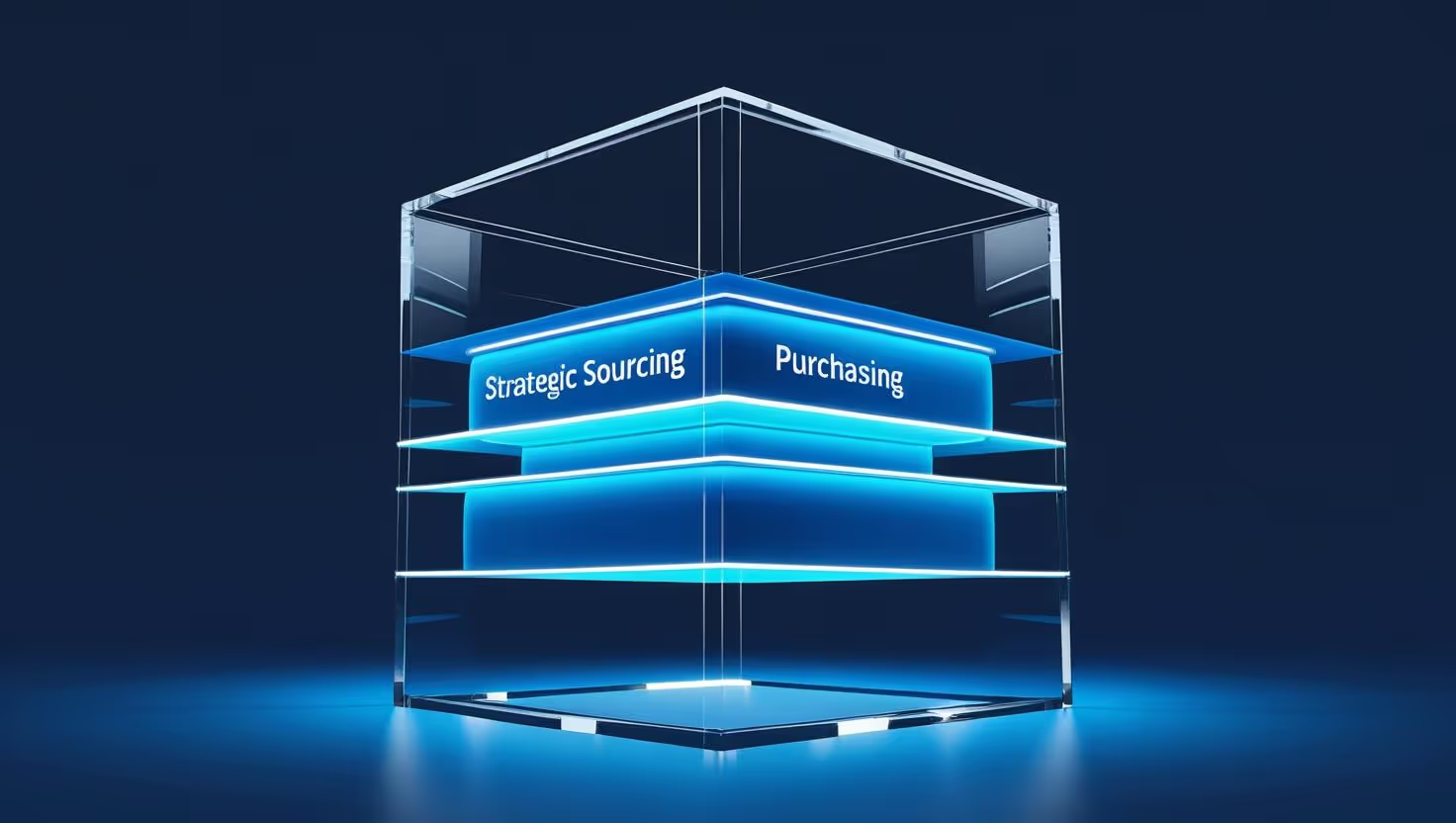


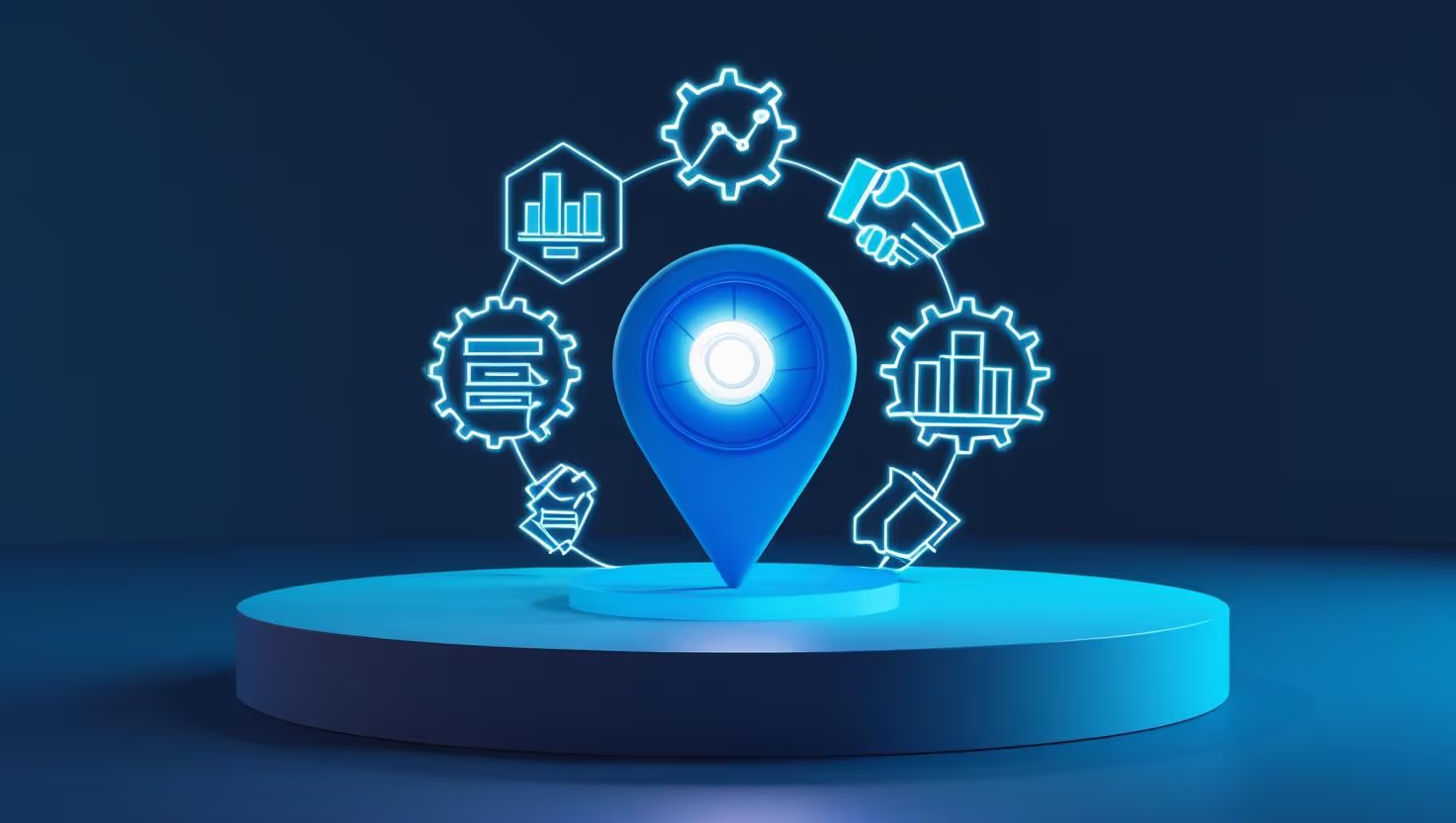
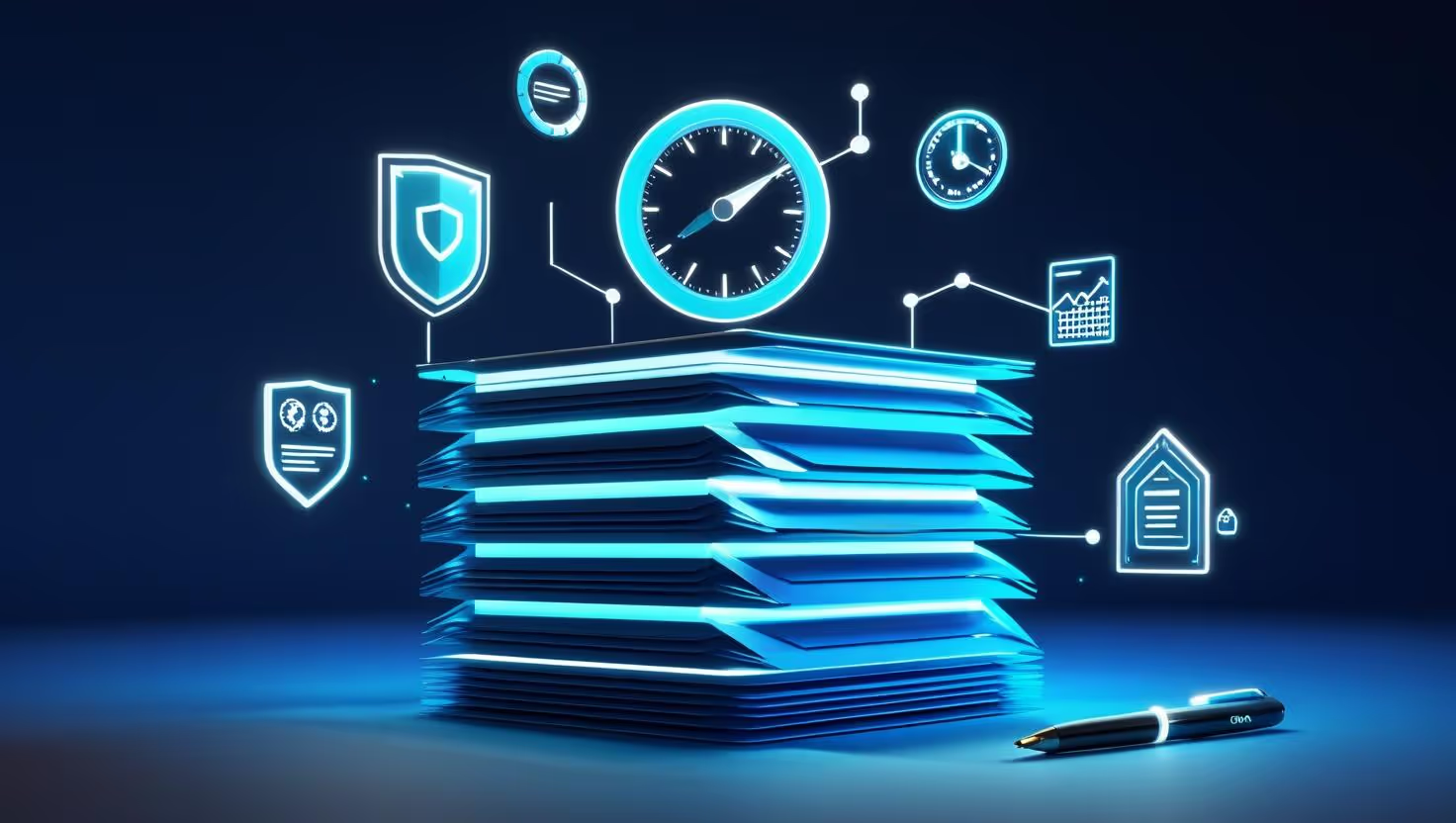
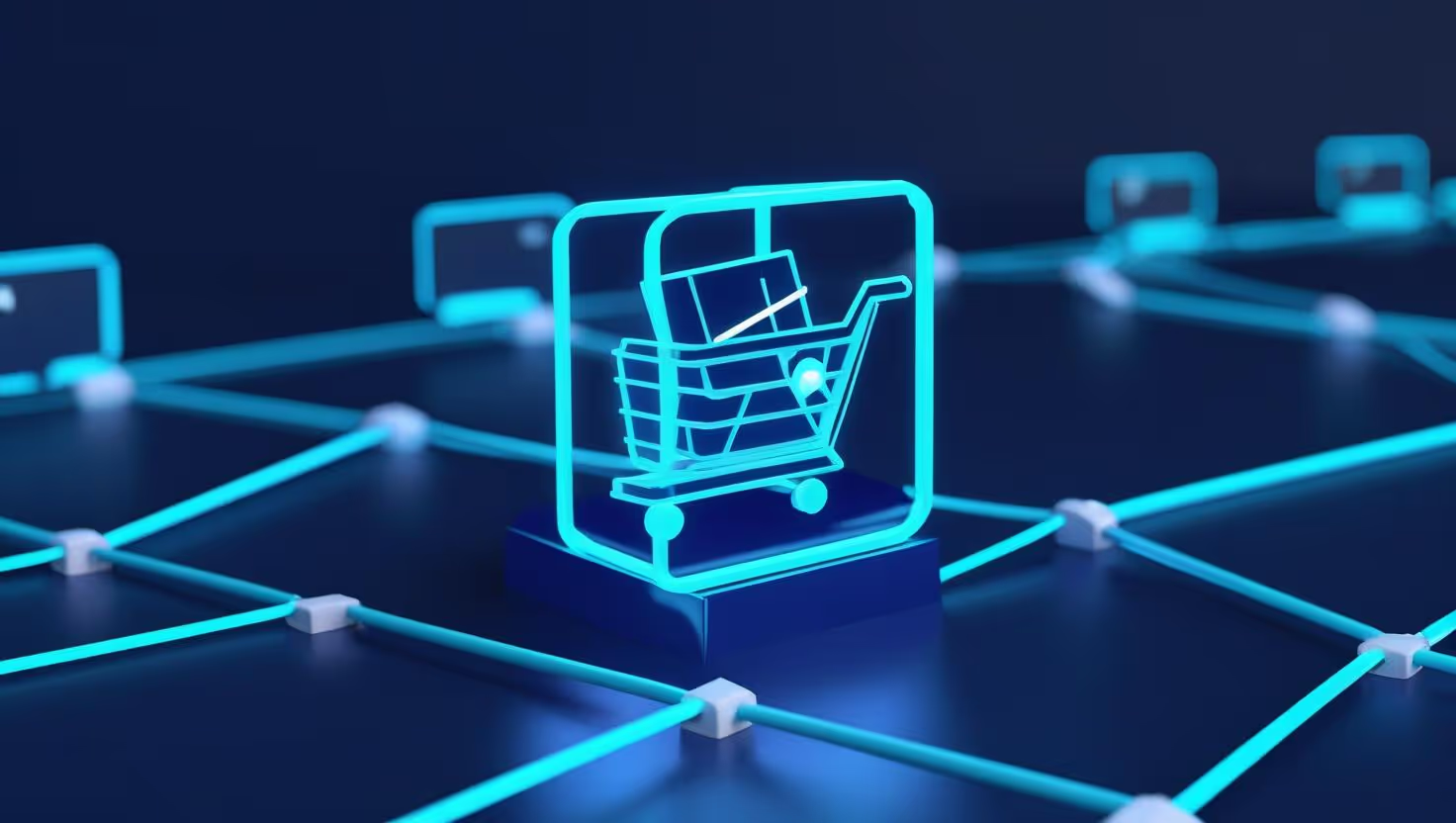






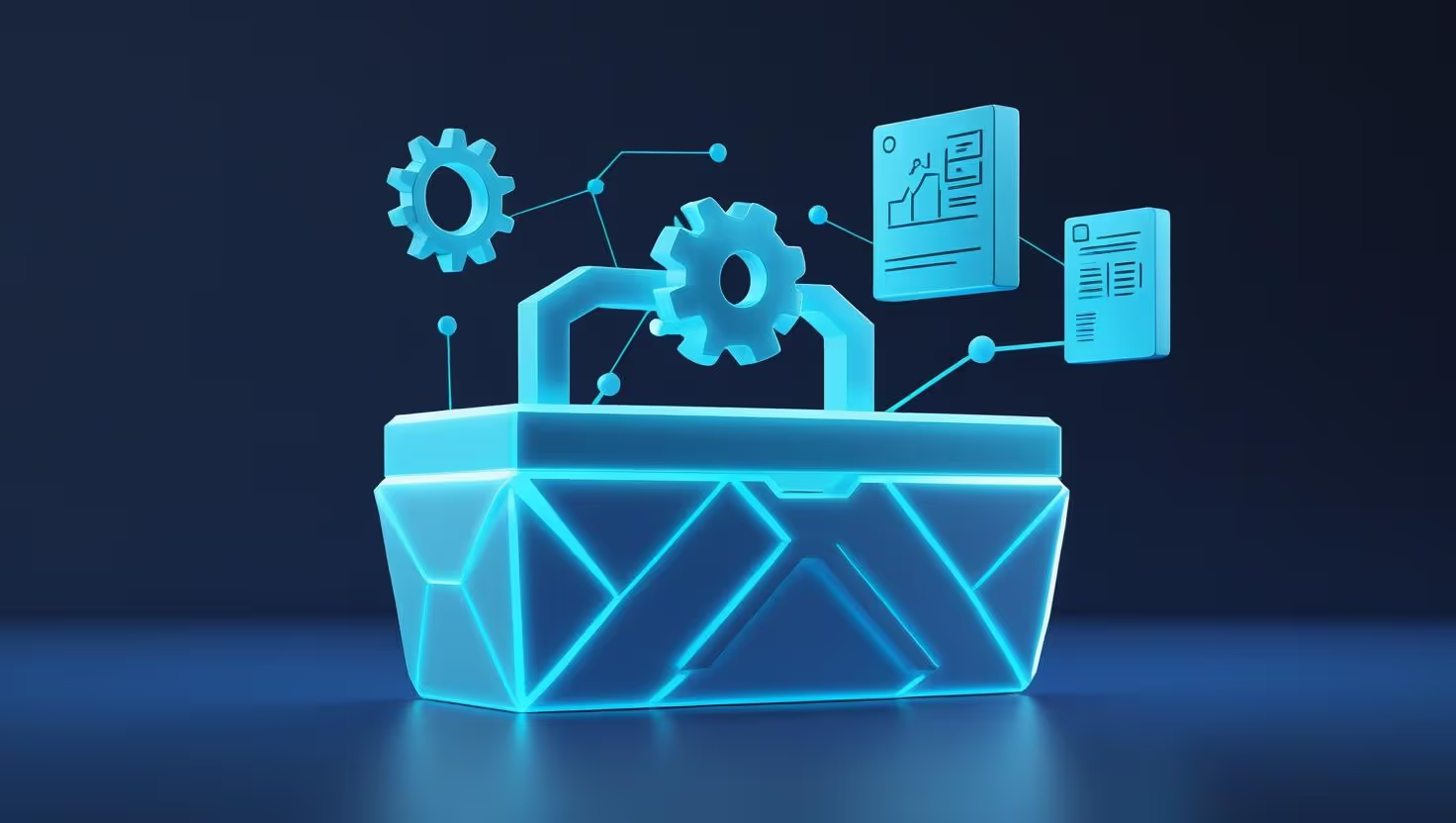




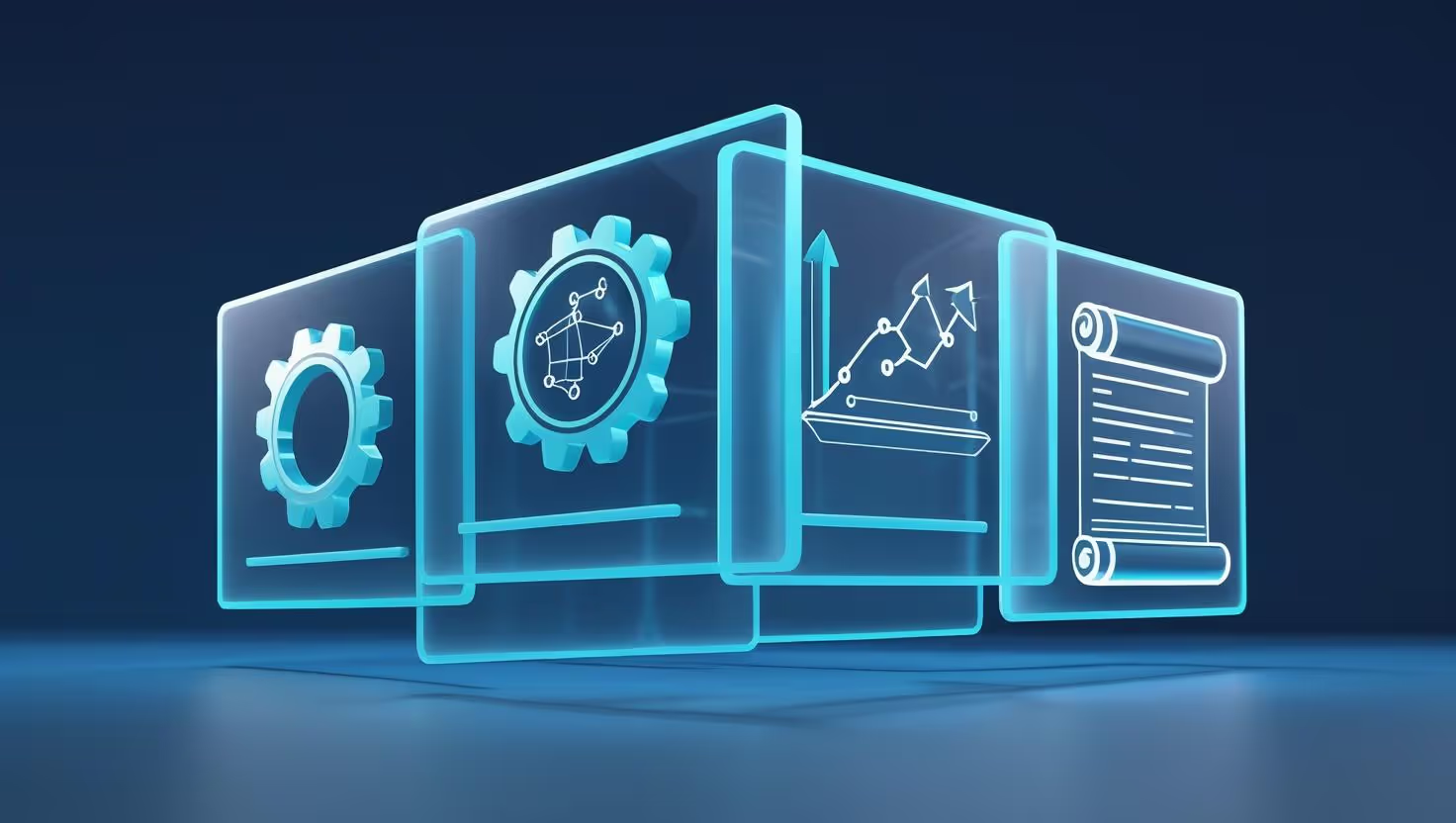

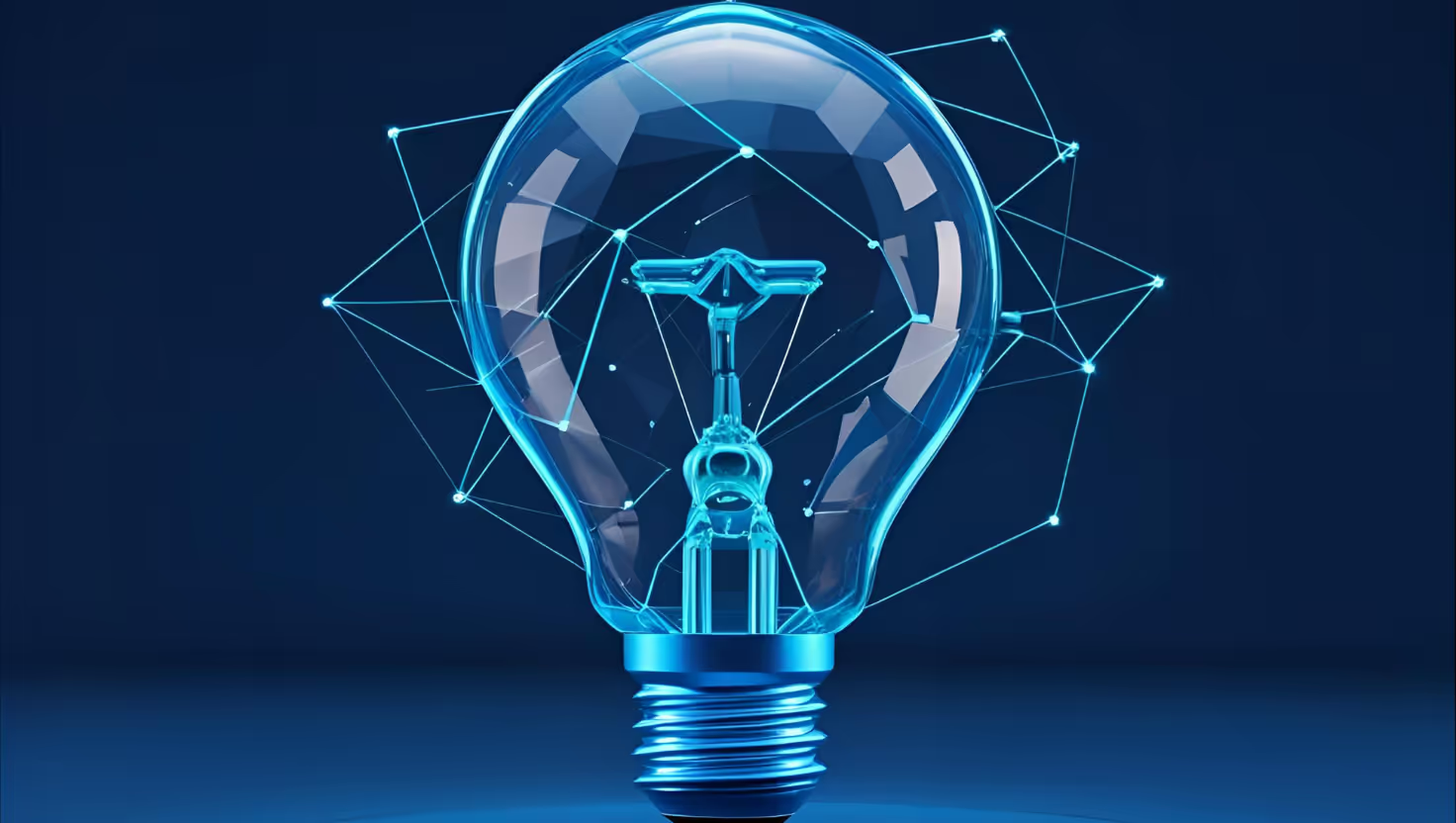


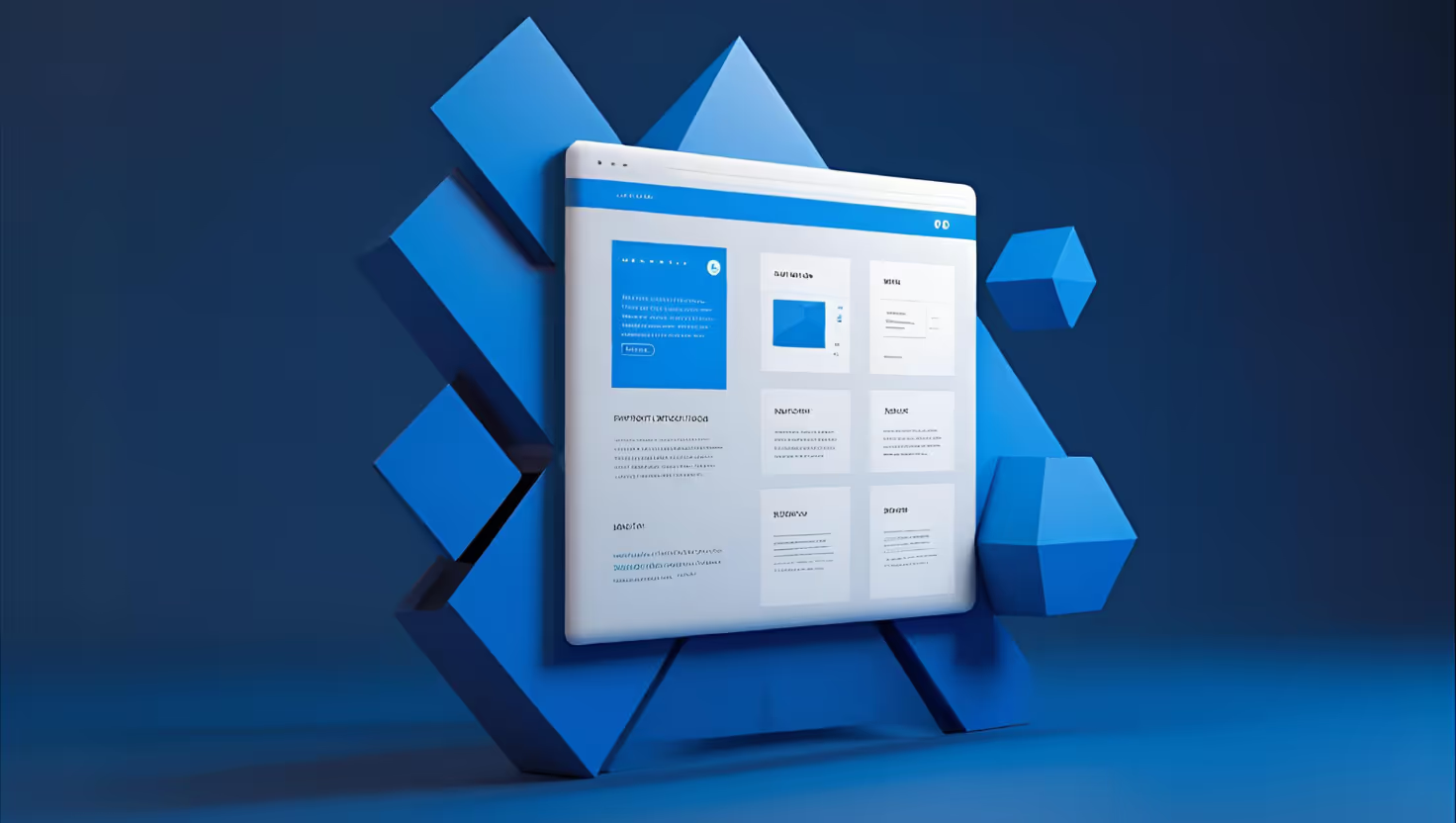










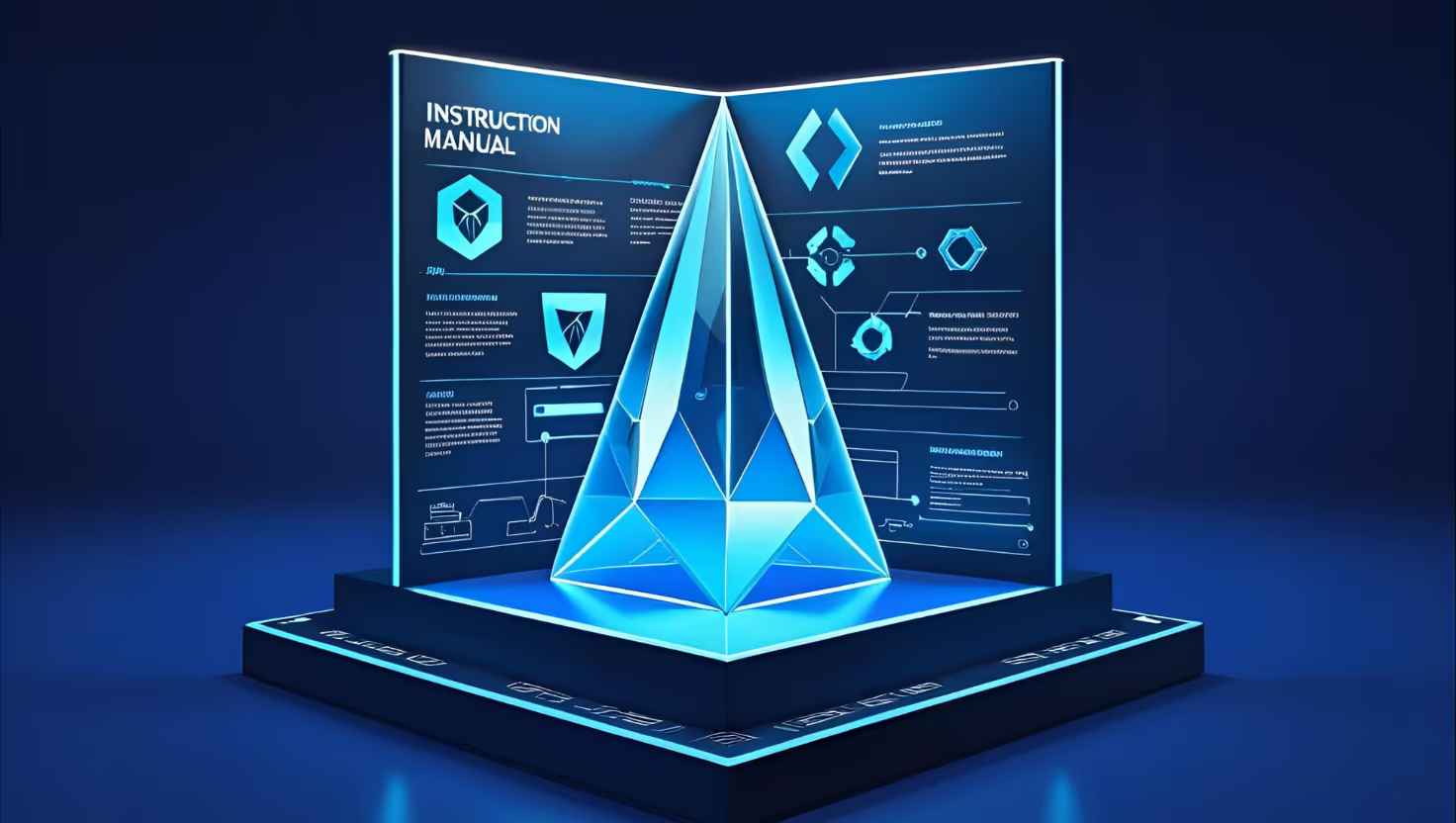

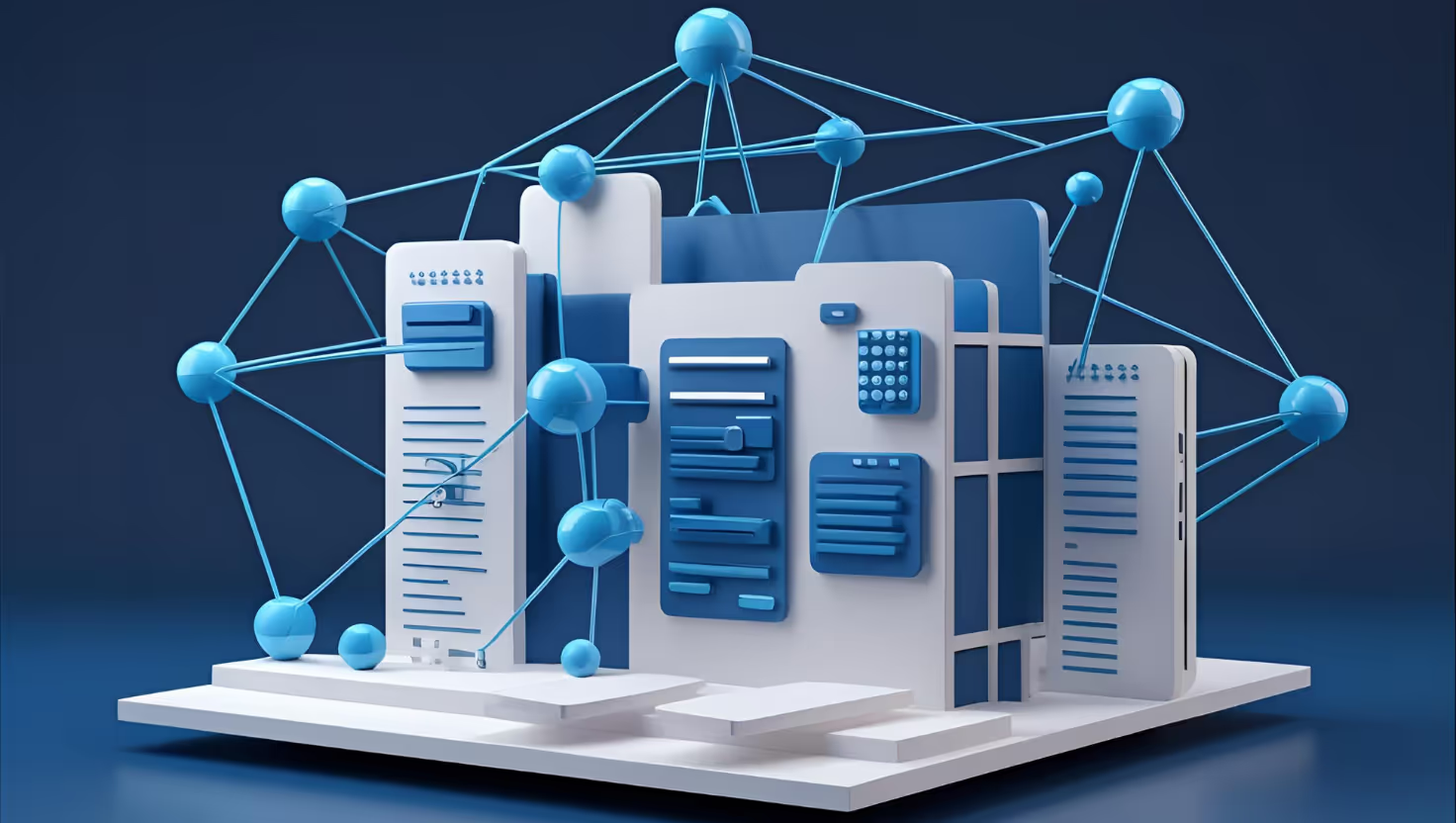


















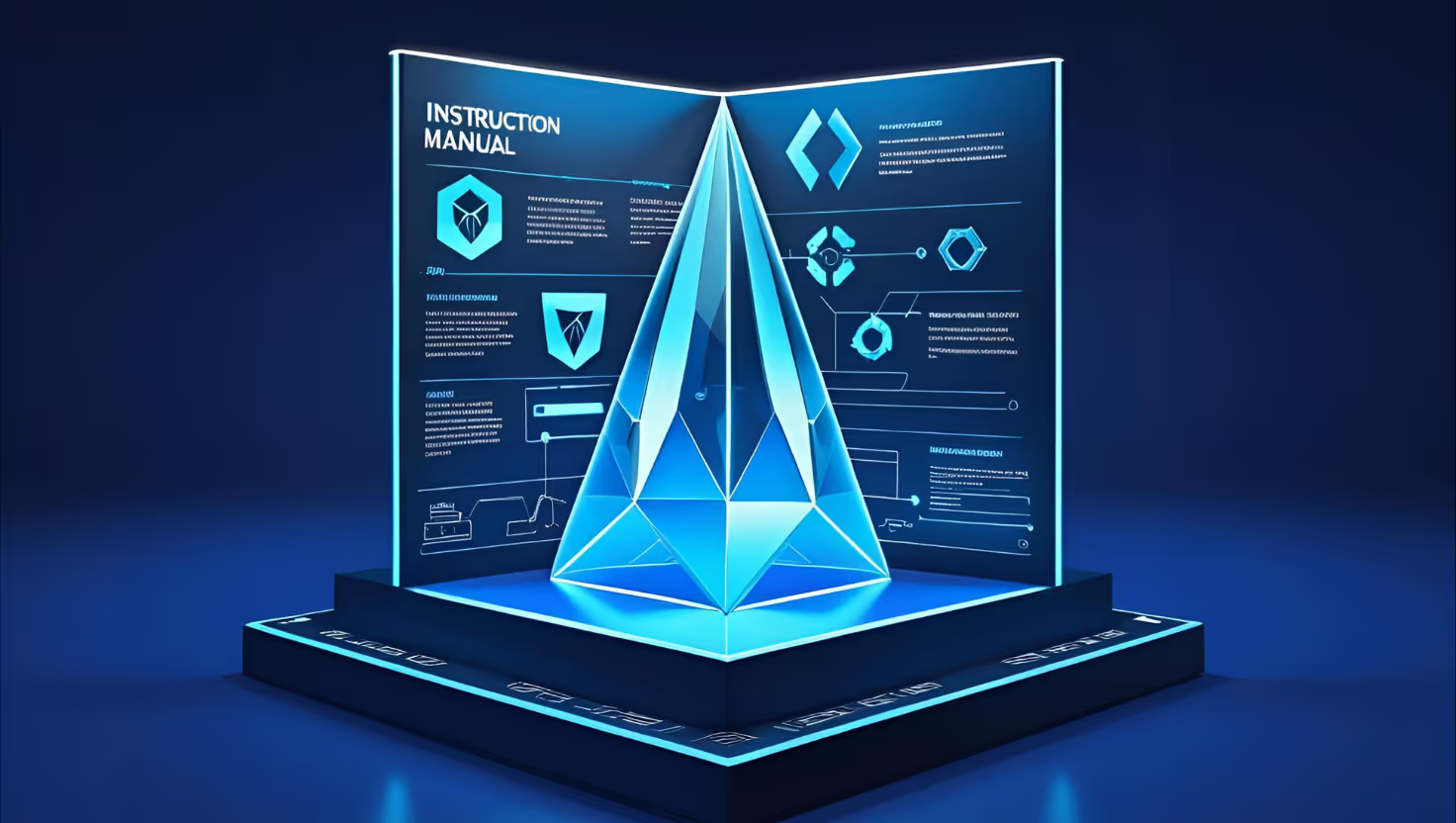










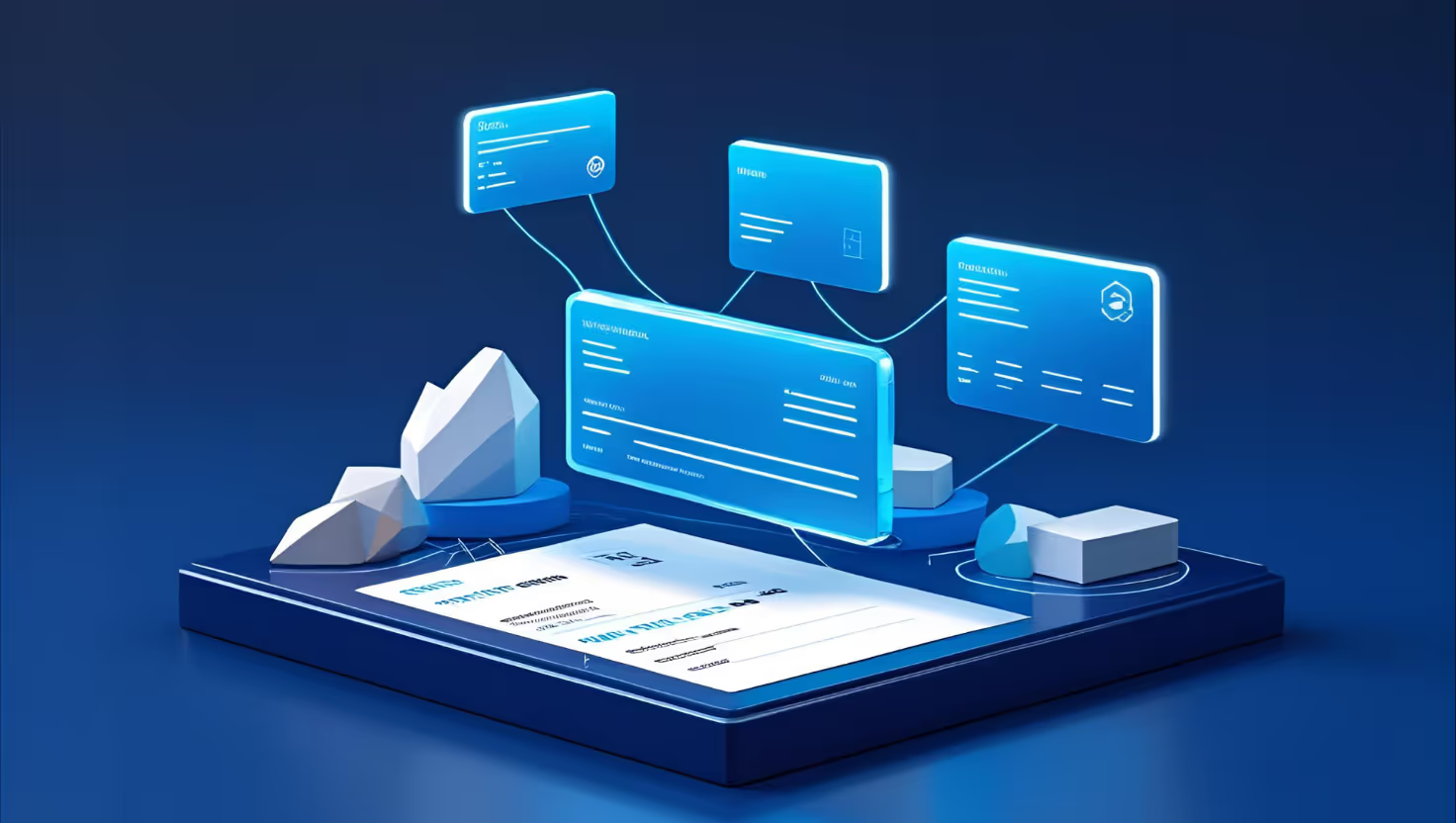








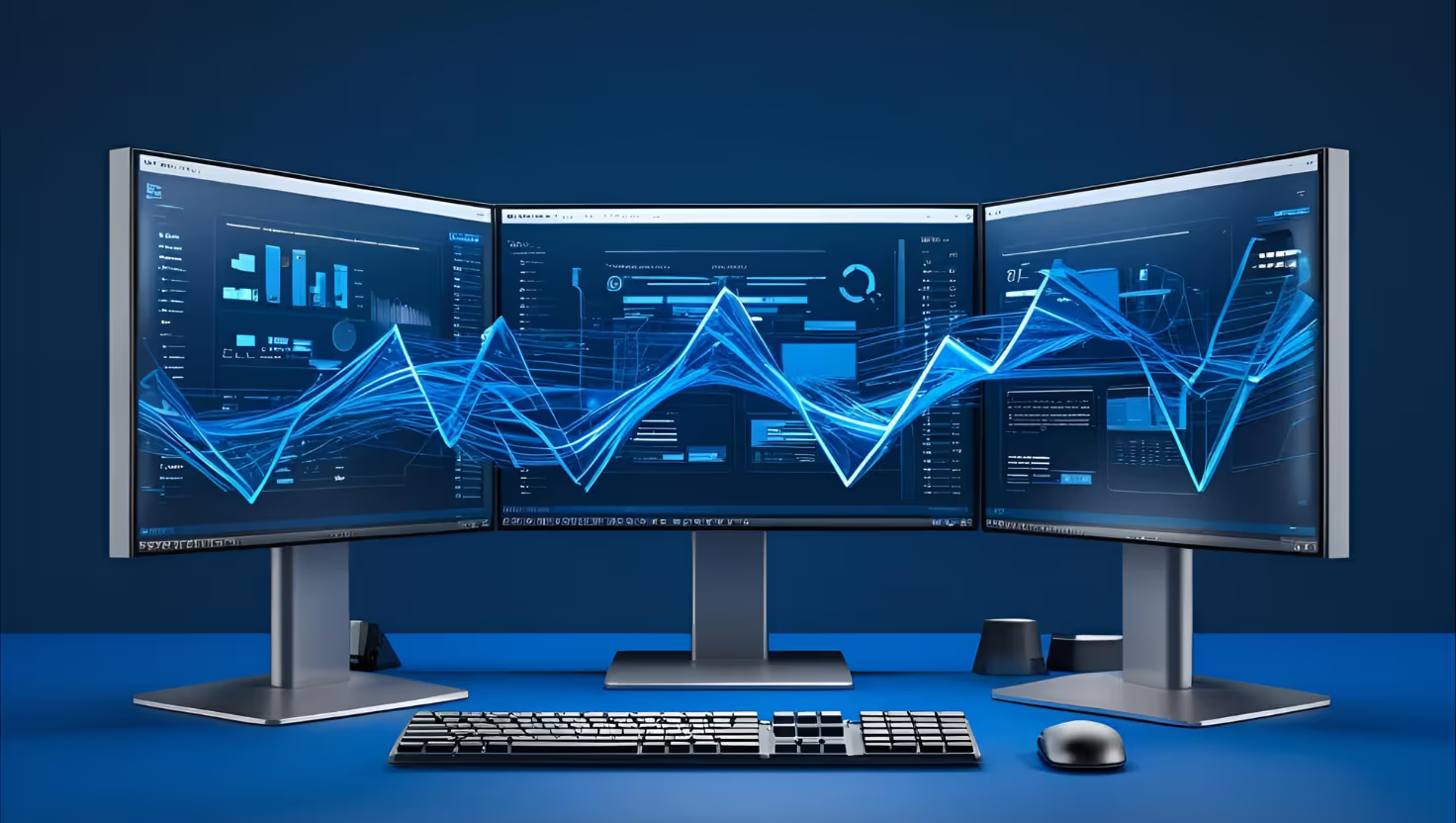


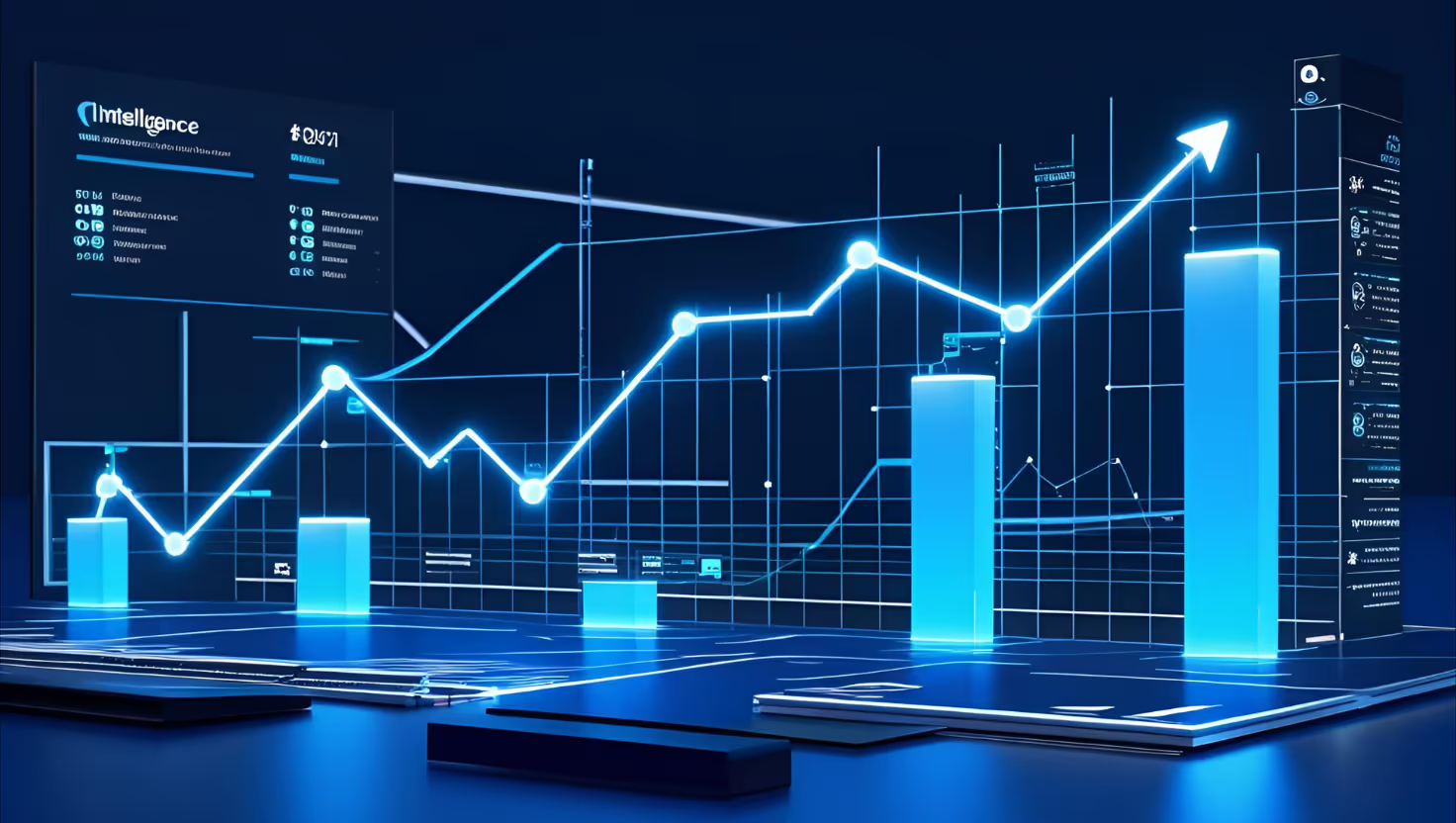
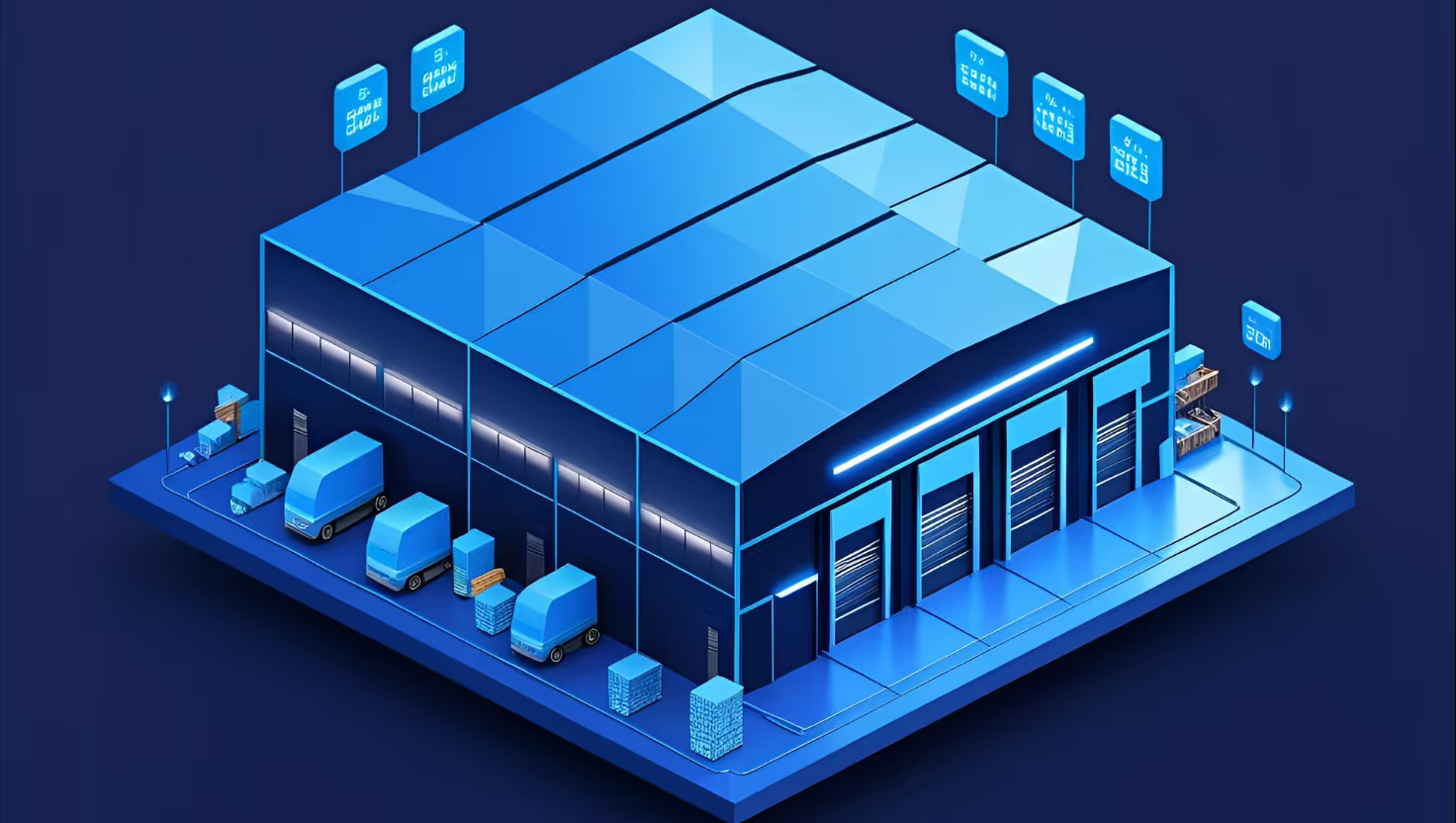

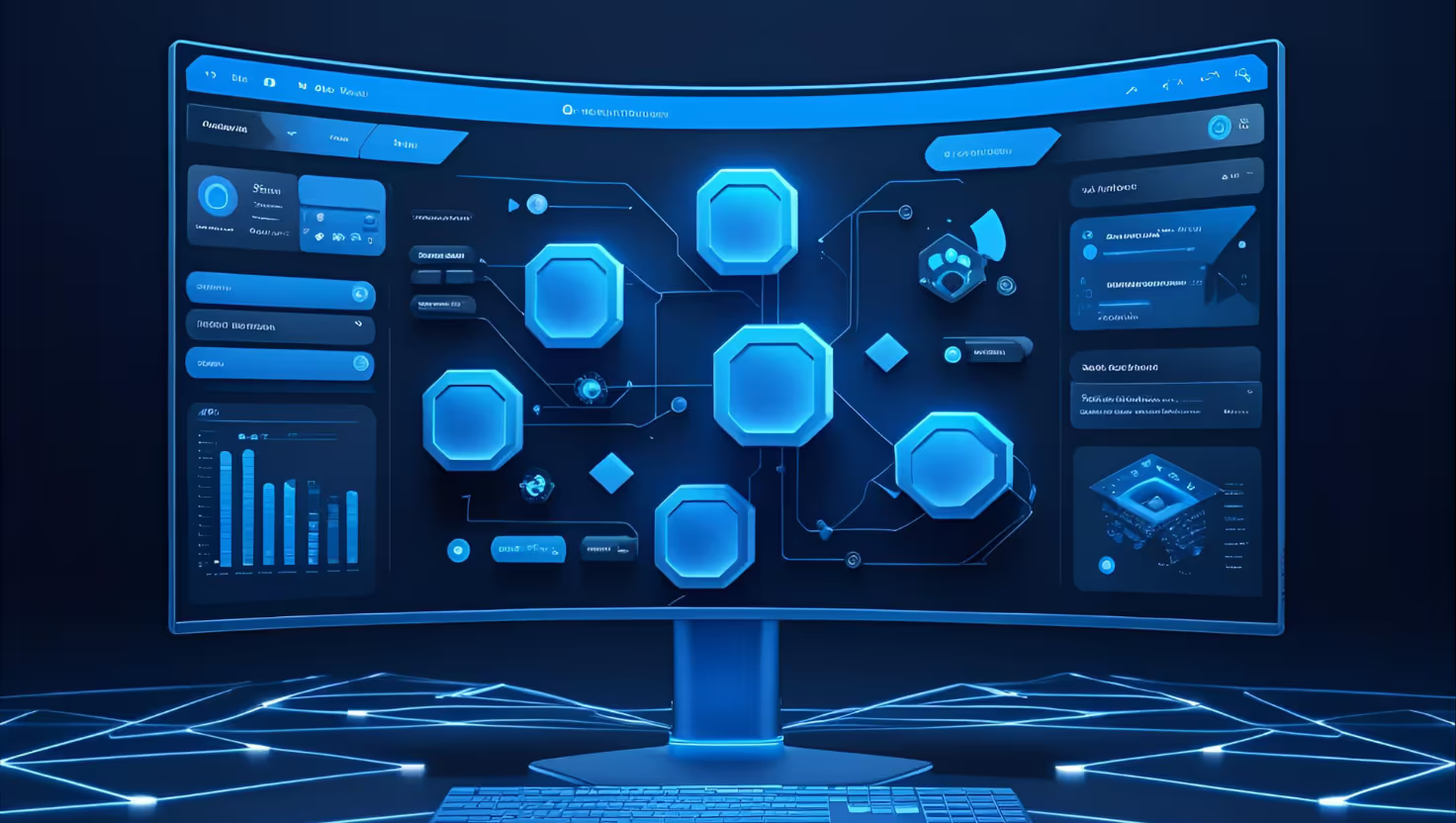





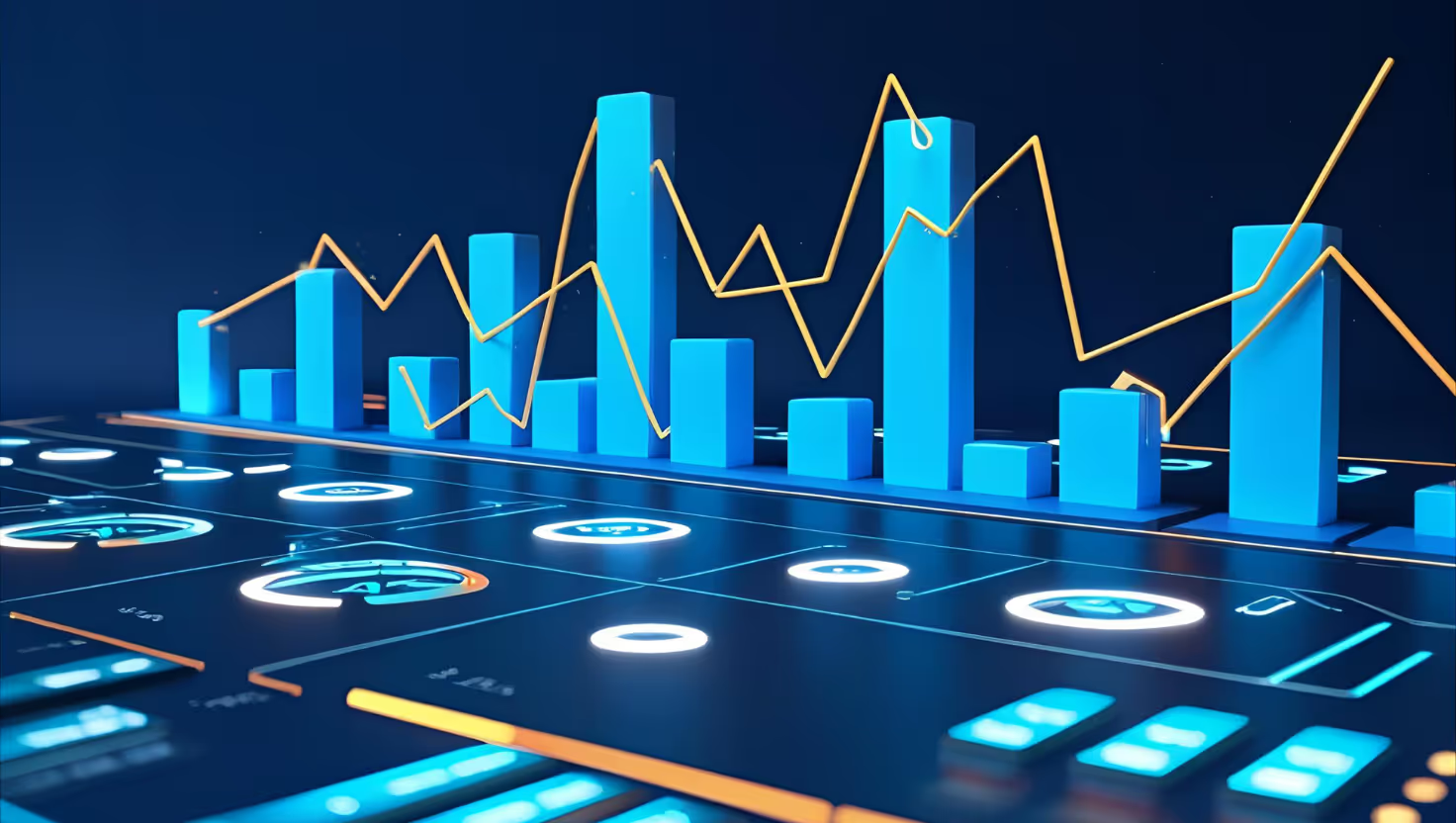






.avif)





